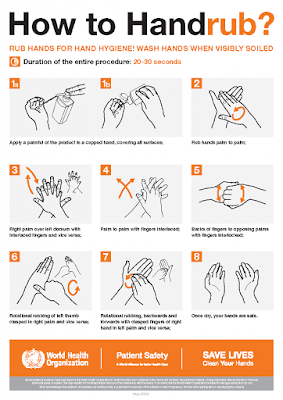Financial Year End tax savings encourage investment in Mechanised Cleaning before June 30 2017.
The end of Financial Year at June 30 2017 is looming as a FINAL opportunity to buy equipment below $20000 and write it off instantly instead of depreciating it. It’s a great contribution from the government towards improving the quality of cleaning, reduce costs and improve safety by small businesses with turnover below $10m pa. After that date assets over $1000 will be depreciated over the years of their useful life. Cleaning Managers are under relentless pressure to cut costs. The biggest cost is labor, and mechanised cleaning of floor and wall surfaces is generally faster and more effective than manual cleaning. Vacuums, Sweepers and Scrubbers replace brooms, scourers and mops doing it faster, consistently, and more thoroughly. Time saved can lead to reduced operator hours, or diverted hours to other cleaning projects that often get deferred. Mechanised cleaning also brings controlled usage of chemicals that reduce cost, and reduced chemical flows into the environment. Vac
